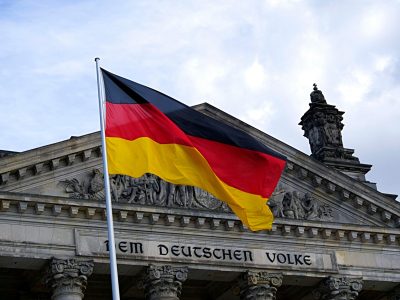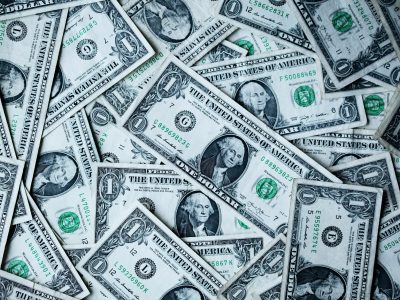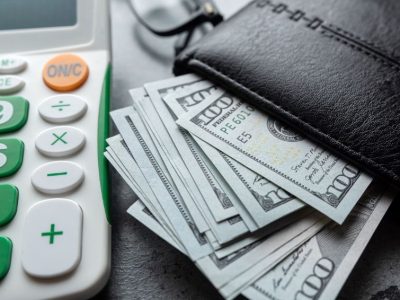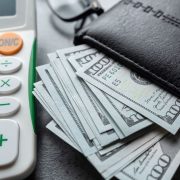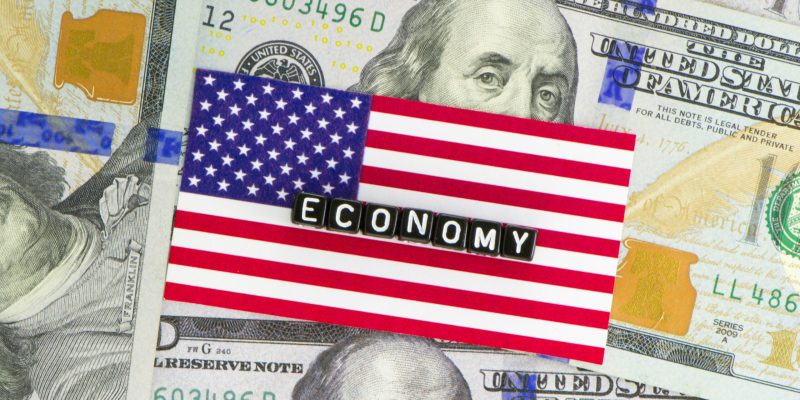
US inflation slowed to 2.5% in August, marking the lowest level since February 2021, according to the latest report from the Labor Department.
This moderation in inflation, driven by a drop in energy costs and steady core prices, could set the stage for a potential interest rate cut by the Federal Reserve next week.
Despite the easing headline inflation, core inflation remains elevated, reflecting ongoing price pressures in key sectors.
Core inflation remains at 3.2%
While the Consumer Price Index (CPI) rose by 0.2% in August, matching expectations, core inflation—which excludes volatile food and energy prices—edged up by 0.3%.
This was slightly higher than forecast and left the annual core inflation rate at 3.2%.
Shelter costs, a significant component of the CPI, increased by 0.5% for the month and are now 5.2% higher than a year ago, keeping housing a key driver of inflation.
Source: CNBC
Energy prices drop, boosting real earnings
Energy prices fell by 0.8% in August, with gasoline prices declining 0.6% for the month and 10.3% year-over-year.
This helped temper inflation figures and provided some relief to consumers. Meanwhile, food prices saw a slight increase of 0.1%.
Despite the drop in energy costs, other sectors continue to experience inflationary pressures.
Motor vehicle insurance prices rose by 0.6%, leading to a 16.5% increase over the past year, and hospital services climbed 0.4%, now 5.8% higher than a year ago.
Source: CNBC
Real earnings rise as inflation cools
Average hourly wages outpaced inflation in August, rising by 0.2% after adjusting for the CPI.
Over the past year, inflation-adjusted wages have risen by 1.3%, offering some financial relief to workers amid persistent price pressures.
This increase in real earnings may ease the burden on consumers, but uncertainties surrounding the broader economy persist, particularly regarding the Federal Reserve’s next steps on interest rates.
Fed expected to cut rates amid mixed inflation data
The softer inflation data has raised expectations that the Federal Reserve may cut interest rates by 0.25% at its upcoming meeting.
Traders are betting on an 85% chance that the Federal Open Market Committee (FOMC) will approve a rate cut, aiming to support the slowing economy.
However, with core inflation remaining stubbornly high, some Fed officials may advocate for a more cautious approach.
The central bank’s decision will likely hinge on balancing inflation concerns with signs of a cooling labor market and broader economic slowdown.
10-year treasury yield hits lowest point in over a year
The yield on the 10-year US Treasury note has fallen to its lowest level in more than a year, signaling market expectations of lower interest rates.
The recent correction in the inverted yield curve—a typical recession indicator—suggests that the Fed’s anticipated rate cuts could be accompanied by further economic headwinds.
As inflation moderates and broader economic indicators point to a slowdown, the Fed’s next moves will be critical in shaping the future of the US economy. Investors and policymakers alike will be watching closely to see how these trends evolve in the months ahead.
The post US inflation drops to 2.5% in August, lowest since 2021 appeared first on Invezz


